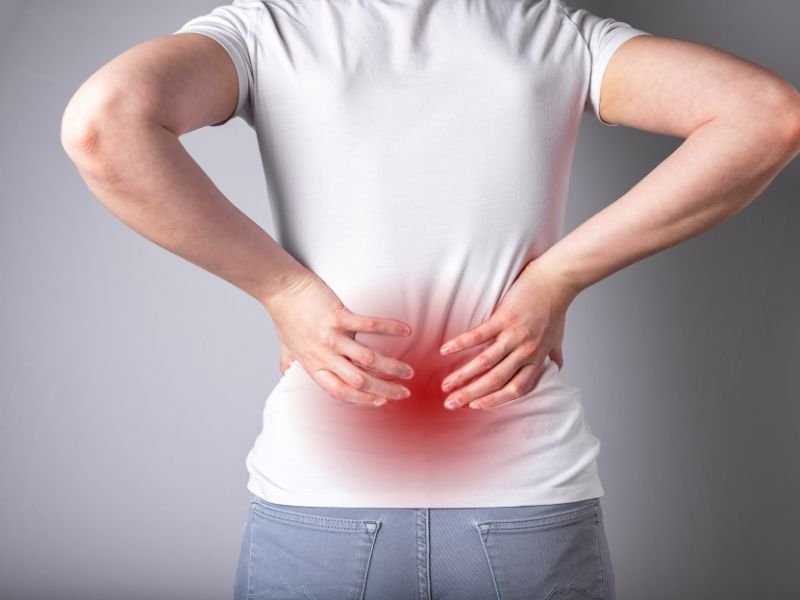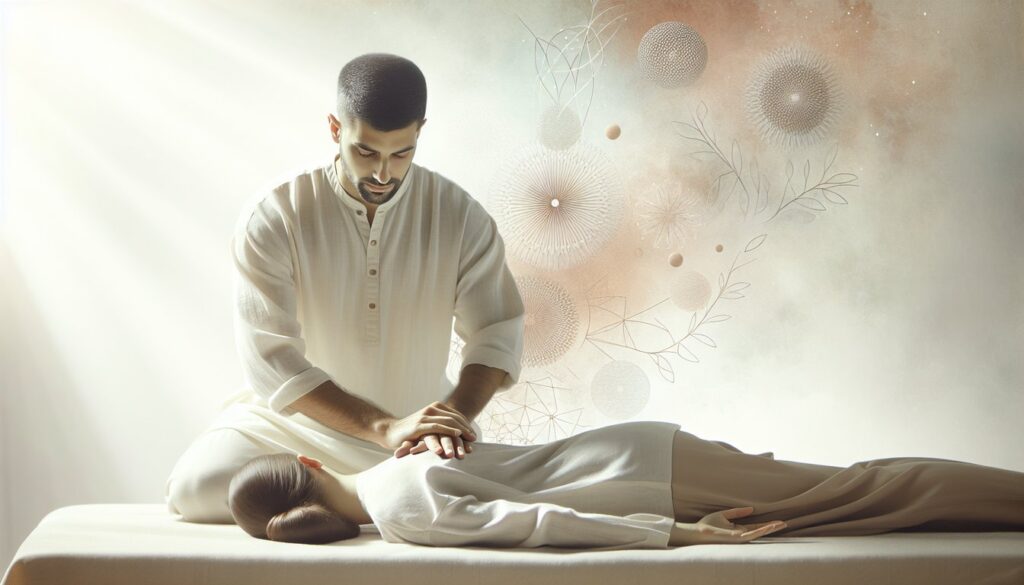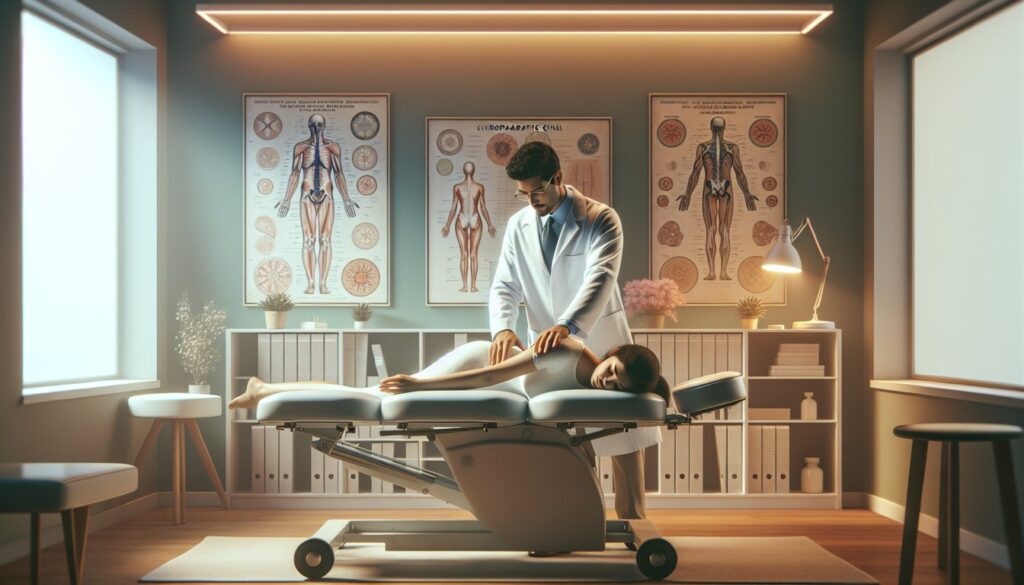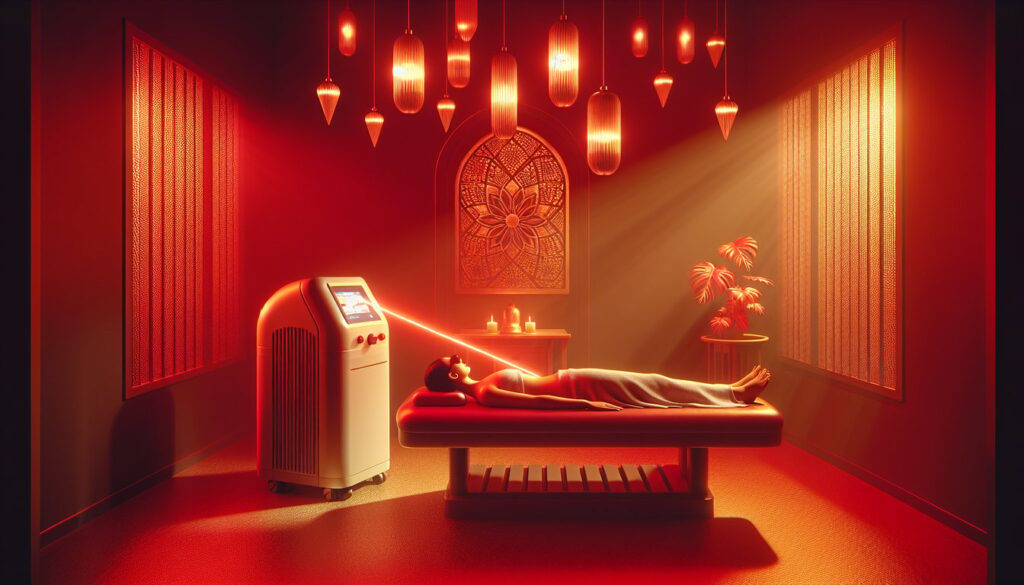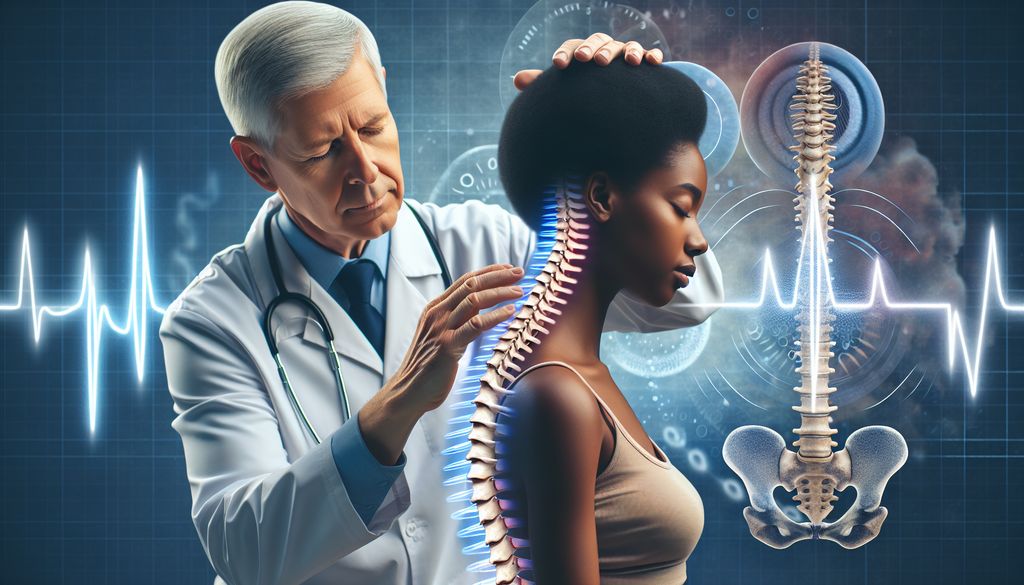How To Relieve Lower Back Pain
Lower back pain can be a persistent and debilitating issue that affects a significant portion of the population. Finding relief from this discomfort is crucial for maintaining a high quality of life. Fortunately, there are several approaches that can help relieve lower back pain and improve your overall well-being. In this article, we’ll explore some effective methods to manage and mitigate lower back pain.
Understanding the Causes of Lower Back Pain
Before diving into the remedies, it is crucial to fully comprehend the common causes of lower back pain. Poor posture, which includes slouching or hunching over for prolonged periods, can put excessive strain on the back muscles, leading to discomfort. In addition, muscle strain from lifting heavy objects incorrectly or engaging in strenuous physical activities without proper form can also contribute to lower back pain. Another potential cause is herniated discs, where the soft cushions between the vertebrae rupture or bulge, causing nerve irritation and pain. Lastly, leading a sedentary lifestyle, such as sitting for extended periods without taking breaks for movement and stretching, can weaken the back and core muscles, making them more susceptible to pain. By identifying and understanding the root cause, we can effectively navigate towards more targeted and tailored solutions to relieve lower back pain.
Maintain Proper Posture
Maintaining good posture is crucial for preventing and alleviating lower back pain. The act of slouching or sitting for extended periods can strain your back muscles, resulting in discomfort. To maintain proper posture, remember to sit and stand with your back straight, shoulders relaxed, and feet flat on the floor. If you’re working at a desk, it is advisable to invest in an ergonomic chair that provides optimal support for your spine. Moreover, make sure to adjust your screen’s height and angle to minimize any strain on your neck and eyes. By paying attention to these small details, you can significantly improve your overall comfort and reduce the risk of developing back pain.
Engage in Regular Exercise
Engaging in regular physical activity has been shown to have a significant impact on reducing the risk of lower back pain. When you incorporate activities such as swimming, walking, and yoga into your routine, you not only strengthen the core muscles that support your spine but also improve flexibility. This improved flexibility can help alleviate muscle tension and promote better posture, leading to a healthier back and overall well-being. So, why not prioritize these exercises and take proactive measures to prevent lower back pain? Your body will thank you!
Practice Targeted Stretches
If you’re looking for relief from lower back pain, incorporating targeted stretches into your daily routine can make a significant difference. By gently stretching key muscle groups such as the hamstrings, hip flexors, and lower back, you can effectively alleviate tension, promote flexibility, and enhance overall well-being. However, it’s important to note that everyone’s condition is unique, so consulting a fitness professional or physical therapist is recommended to ensure you’re performing the right stretches tailored to your specific needs. Their expertise will provide you with personalized guidance and support, ensuring a safe and effective approach to managing and preventing lower back pain.
Maintain a Healthy Weight
Excess weight can put undue strain on the muscles and ligaments in the lower back, worsening pain and discomfort. This added pressure on the spine can have a ripple effect on your overall well-being. However, by consistently maintaining a healthy weight through a carefully balanced diet and incorporating regular exercise into your daily routine, you can significantly reduce the stress on your spine and decrease the discomfort you experience. Taking proactive measures to prioritize your health and well-being will not only benefit your back, but also contribute to your overall quality of life.
Choose Supportive Footwear
Believe it or not, the type of footwear you choose can have a significant impact on the health of your lower back. It is crucial to opt for shoes that not only look stylish but also provide adequate arch support and cushioning. When it comes to arch support, look for shoes that have built-in features like arch contours or molded footbeds to help distribute the weight evenly and reduce stress on your lower back. Additionally, choose shoes with proper cushioning to absorb shock and minimize the impact on your spine. On the other hand, it is important to steer clear of high heels and unsupportive flats as they can negatively affect your posture, leading to strain and discomfort in the lower back. So, take care of your lower back by choosing footwear that prioritizes both style and support.
Apply Heat and Cold Therapy
Heat and cold therapy can provide immediate relief from lower back pain. When experiencing discomfort, applying a heating pad or warm compress for approximately 15-20 minutes can effectively relax muscles and promote increased blood flow to the affected area. On the contrary, cold packs can help numb the area and effectively reduce inflammation in the lower back. For optimal results, it is recommended to alternate between these two therapeutic approaches and determine which method offers the most effective relief based on individual preferences and needs.
Consider Massage Therapy
Massage therapy offers a luxurious and highly effective approach to relieve lower back pain. When performed by professional massage therapists, it involves a targeted focus on specific muscles, resulting in the release of tension and an improvement in circulation within the affected area. Regular massages not only provide immediate relief, but they can also contribute to the long-term management and prevention of pain, promoting overall well-being and relaxation.
Stay Hydrated
Proper hydration is an aspect that is often underestimated, yet it holds paramount importance in maintaining optimal spinal health. A sufficient intake of water serves multiple purposes, one of which is lubricating the joints and acting as a cushion for the discs in your spine. By effectively lubricating the joints and providing cushioning, water aids in promoting overall flexibility and significantly reduces the risk of discomfort and potential spinal issues.
Conclusion
Lower back pain doesn’t have to control your life. By implementing these practical strategies – maintaining proper posture, exercising regularly, practicing targeted stretches, managing your weight, choosing supportive footwear, using heat and cold therapy, considering massage, and staying hydrated – you can effectively manage and relieve lower back pain. Remember, consult with a healthcare professional before making any significant changes to your routine, and embark on the journey to a pain-free back and improved quality of life.

